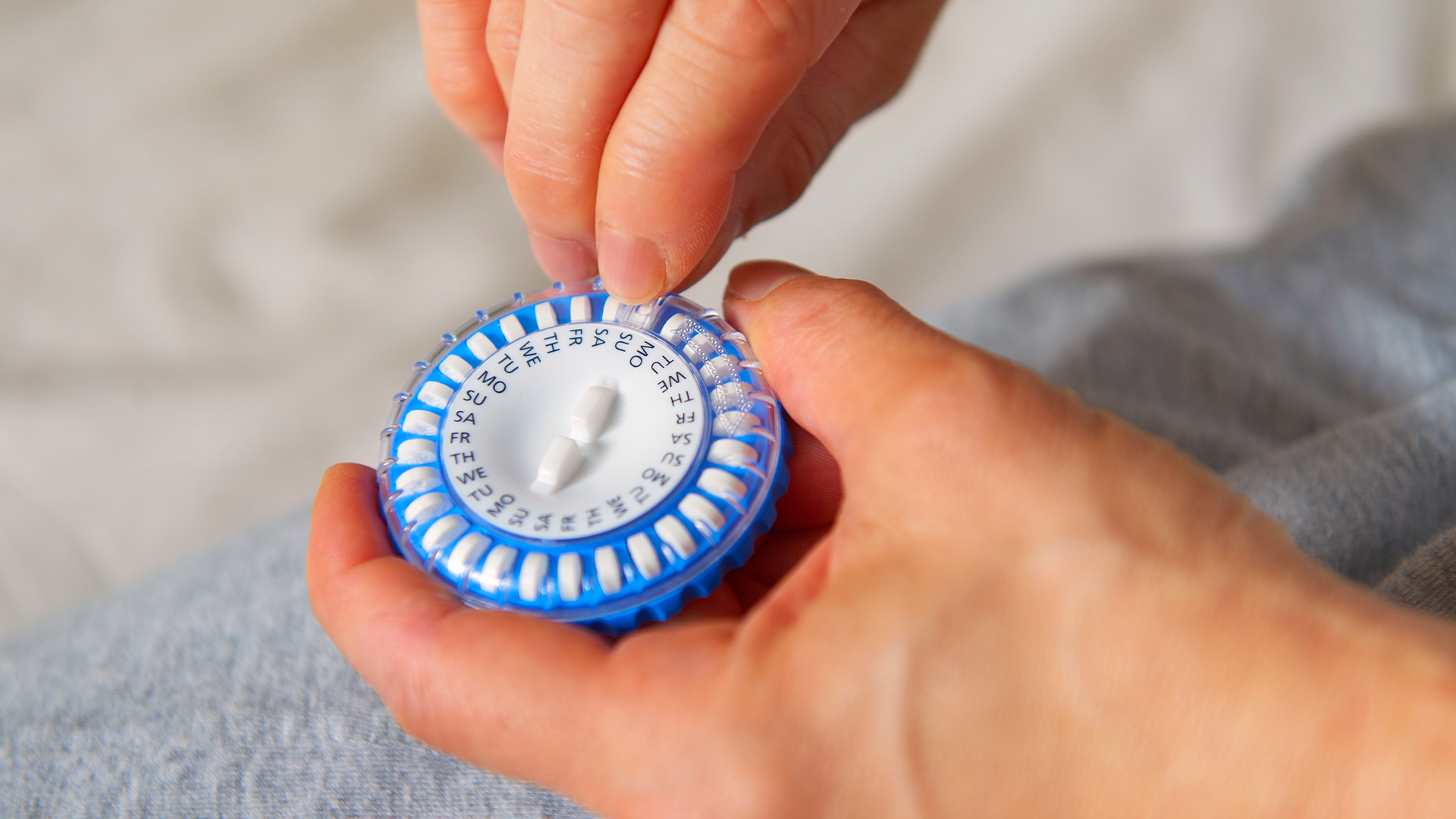Statins may reduce blood-clot risk in menopausal women on hormone therapy, study hints
Hormone therapy for menopause might be made safer by taking statins at the same time, a study hints.

Taking statins, a type of cholesterol-lowering drug, may reduce the risk of blood clots in people who take hormone therapy for menopause.
Hormone therapy can relieve the symptoms of the transition into menopause, called perimenopause, as well as symptoms that persist after menopause. During perimenopause, menstrual periods become less frequent and hormone levels drop, which can trigger hot flashes, night sweats and vaginal dryness. Hormone therapy can alleviate these symptoms by essentially replacing the lost hormones.
However, some of these treatments — most notably, hormone pills taken by mouth — raise the risk of venous thromboembolism (VTE), in which blood clots form inside veins.
But a new study, published Friday (Dec. 15) in the journal JAMA Network Open, suggests that women who take hormone therapy and statins together face a significantly lower risk of VTE than their peers who take only hormone therapy. Higher doses of statins came with greater reductions in risk.
Related: 1st-of-its-kind menopause drug targets brain misfiring behind hot flashes
"We found statin therapy was associated with reduced, but not eliminated, risk of VTE associated with exogenous hormones," the study authors wrote in the report. These findings suggest that statins could improve the safety of these therapies for patients interested in taking them.
That said, the research was based on a review of insurance claims, rather than on a gold-standard clinical trial, so it cannot show that statins drove the decline in VTE risk. Future trials should confirm this link, the authors wrote.
Sign up for the Live Science daily newsletter now
Get the world’s most fascinating discoveries delivered straight to your inbox.
The study included data from women ages 50 to 64 years who filed commercial insurance claims in the U.S. between 2008 and 2019. Perimenopause most often starts between age 45 and 55 and can last years, with symptoms sometimes lingering after menopause.
Among the women, the researchers identified about 20,000 who had a new VTE diagnosis in the study's time frame. They then identified a group of more than 200,000 women without VTE, to serve as a point of comparison. Among all the women, they identified who had a prescription for hormone therapy, statins or both.
People taking both hormone therapy and statins still faced a higher risk of VTE compared with people taking neither medication. However, their risk was lower than that of people taking only hormone therapy — they had a 25% increased risk rather than a 51% increased risk.
People who took "high-intensity statins," the most potent at lowering cholesterol, saw the most benefit.
While the study does suggest that statins could reduce the hormone-therapy-related risk of blood clots, it has several limitations. For example, the insurance data provided only a partial medical history of each patient, so each person's risk of VTE couldn't be fully fleshed out. It also lacked information on the use of over-the-counter drugs, like aspirin, which may affect the risk of VTE.
The study also lumped together people who took oral hormone therapies with those who used non-oral options, such as patches, sprays and vaginal rings. Historically, VTE risk has been tied to hormone pills, while the other options likely come with a far lower or negligible risk of these blood clots, according to the American College of Obstetricians and Gynecologists.
This article is for informational purposes only and is not meant to offer medical advice.
Ever wonder why some people build muscle more easily than others or why freckles come out in the sun? Send us your questions about how the human body works to community@livescience.com with the subject line "Health Desk Q," and you may see your question answered on the website!

Nicoletta Lanese is the health channel editor at Live Science and was previously a news editor and staff writer at the site. She holds a graduate certificate in science communication from UC Santa Cruz and degrees in neuroscience and dance from the University of Florida. Her work has appeared in The Scientist, Science News, the Mercury News, Mongabay and Stanford Medicine Magazine, among other outlets. Based in NYC, she also remains heavily involved in dance and performs in local choreographers' work.









